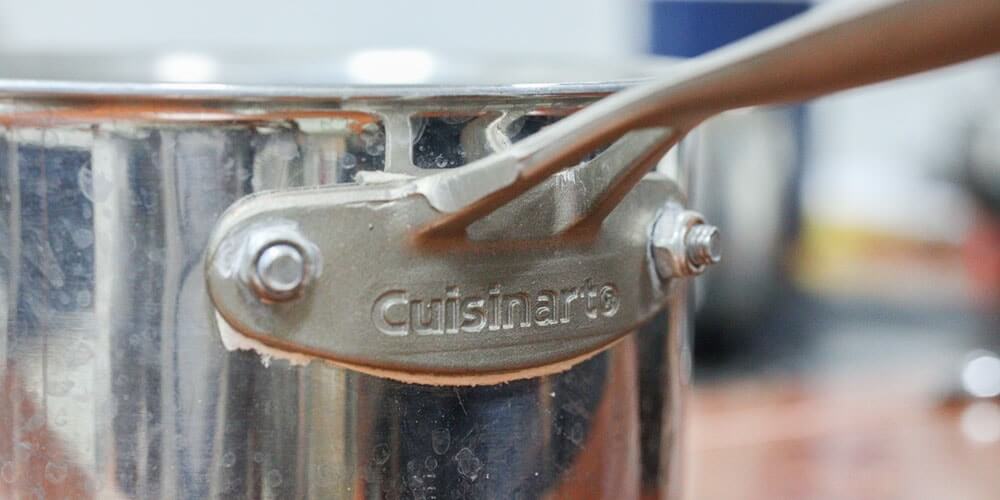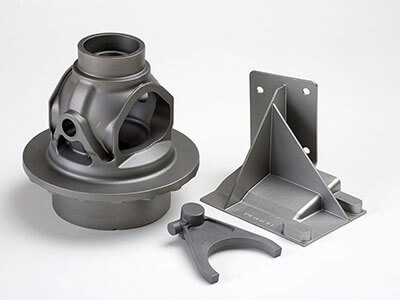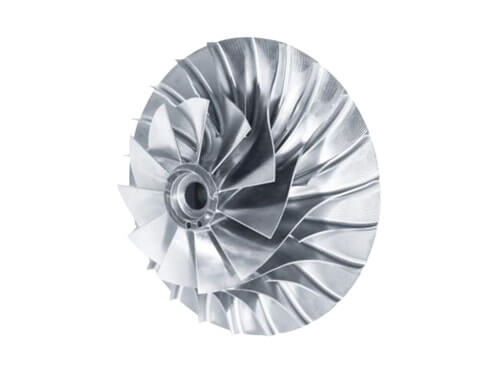Cast handle is a crucial component used in various industries such as automotive, aerospace, medical, and consumer goods, where handles play a crucial role in providing access and security. The process of handle casting involves creating high-quality handles with precise shapes and dimensions through various casting techniques, including sand casting, die casting, and investment casting.
Materials of Handle Casting
The selection of materials used for handle castings, such as stainless steel, aluminum, brass, and other materials, is an essential consideration, as it can affect the durability and strength of the finished product.
- Stainless steel (304) and brass are durable and robust, with excellent corrosion resistance, but are more expensive.
- Aluminum is lightweight, corrosion-resistant, and affordable but not as strong as other materials.
- Plastic handles are the most affordable option but are less durable and visually appealing than metal handles.

The choice of material will depend on the door’s location, purpose, and expected use. For example, in the automotive industry, cast handles are used in car doors, trunks, and hoods to provide easy access and security. In the aerospace industry, cast handles are used in airplane doors and hatches to provide access for maintenance and repair. In the medical industry, cast handles are used in surgical instruments and equipment for precision and durability.
Stainless Steel Investment Casting for Door Handles
The process of handle casting allows for precision and accuracy in the creation of handles with consistent quality, versatility in design, and cost-effectiveness. In SIPX foundry, handles are usually made by investment casting method, it’s an excellent process for creating high-quality handles with intricate designs and shapes. When corrosion resistance and strength are needed in a certain product, stainless steel investment casting is the perfect solution.
Handle Casting Process
This process allows for high dimensional accuracy and excellent surface finish, making it ideal for applications where precision is essential.
- Wax Pattern Creation: A wax pattern of the handle is created using a metal die or 3D printing. This wax pattern is an exact replica of the desired handle and is used to create the ceramic shell mold.
- Ceramic Shell Coating: The wax pattern is then dipped into a ceramic slurry and coated with fine sand. The slurry and sand coating are repeated several times to create a thick and strong shell around the wax pattern.
- Wax Removal: The ceramic shell mold is then heated to remove the wax pattern, leaving a cavity in the shape of the handle.
- Metal Pouring: Molten metal, such as stainless steel, aluminum, or brass, is poured into the ceramic mold and allowed to solidify.
- Shell Removal and Finishing: Once the metal has cooled and solidified, the ceramic shell is removed to reveal the finished handle. The handle is then finished with any necessary processes, such as polishing or machining.

Other Casting Methods
Apart from investment casting method, there some other casting method that is suitable for handle castings.
Die Casting
Die casting is a metal casting process used to produce high-quality handles with precise shapes and dimensions. The process involves forcing molten metal, such as aluminum or brass, into a steel mold under high pressure. The mold is designed to produce complex shapes with high dimensional accuracy and surface finish.
Die casting is an ideal process for producing handles due to its ability to produce complex shapes and high-quality surface finish. The process can also accommodate a wide range of materials, making it suitable for different handle designs and applications. However, die casting has high tooling costs and limited design flexibility once the tooling is made.
Sand Casting
Sand casting is a metal casting process that is suitable for producing handles with relatively simple to complex shapes. The process involves pouring molten metal, such as aluminum or iron, into a mold made of compacted sand. The sand mold is typically made in two halves and is designed to produce simple to complex shapes with low to high dimensional accuracy and surface finish.
In comparison to investment casting and die casting, sand casting has lower tooling costs. It is an ideal process for handle casting when low tooling costs and larger sizes with complex geometries are required. On the other hand, if handles require a higher precision and surface finish, investment casting and die casting may be a better option, despite the higher tooling costs.
Comparison Table
| Casting Method | Advantages | Disadvantages | Suitable for cast handle applications |
|---|---|---|---|
| Investment casting | High dimensional accuracy and surface finish, design flexibility | Higher tooling costs, longer lead times | Handles with intricate designs and shapes |
| Die casting | High production rates and efficiency, better surface finish and dimensional accuracy | Limited to lower melting point materials, higher tooling costs | Handles with complex designs and shapes |
| Sand casting | Low tooling costs, versatility, suitable for larger parts with complex geometries | Poor surface finish and dimensional accuracy compared to other methods | Handles with relatively simple to complex shapes |
Applications of Cast Handle
Cast handles are widely used in various industries due to their durability, strength, and aesthetic appeal. Some of the common applications of cast handles include:
- Door Handles: Cast handles are commonly used in the construction industry to manufacture door handles for both interior and exterior doors. Cast handles offer the required strength, durability, and aesthetic appeal, making them ideal for this application.
- Kitchen Ware: cast handles are used in the production of various cookware and utensils, such as pots, pans, and knives. Cast handles offer the required strength and durability to withstand the heat and rigorous use in the kitchen.

ss304 cast handle for pan - Industrial Equipment Handles: Cast handles are also used in the manufacturing industry to produce handles for different types of industrial equipment, including machinery, tools, and appliances. Cast handles offer the required strength and durability to withstand the rigors of industrial applications.
- Furniture Handles: Cast handles are used in the furniture industry to produce handles for different types of furniture, including cabinets, drawers, and doors. Cast handles offer the required aesthetic appeal and durability to enhance the functionality and appearance of the furniture.
- Medical Instruments Handles: Cast handles are used in the medical industry to produce handles for various medical instruments, including surgical instruments, dental instruments, and diagnostic equipment. Cast handles offer the required biocompatibility, strength, and durability required for medical applications.
- Automotive Handles: Cast handles are also used in the automotive industry to produce handles for various components such as doors, gearshifts, and steering wheels. Cast handles offer the required strength, durability, and aesthetic appeal required for automotive applications.
Conclusion
SIPX’s handle casting services are ideal for various applications, such as door handles, industrial equipment handles, furniture handles, medical instruments handle, and automotive handles, as highlighted in the earlier sections of this article. With our investment casting process, we offer high dimensional accuracy and excellent surface finish, making us an ideal choice for applications that require precision.
Our use of high-quality materials, like stainless steel, ensures that our handles are durable and robust enough to withstand the rigors of various industries. Our team of skilled engineers and technicians work closely with our clients to provide customized handle casting solutions that meet their specific requirements, making us a trusted partner for many clients in the industry. With our state-of-the-art facilities and expertise, we deliver reliable and cost-effective handle casting solutions that exceed our clients’ expectations.
If you are sourcing a great stainless steel casting manufacturer for your door handles or other components, contact us today!

